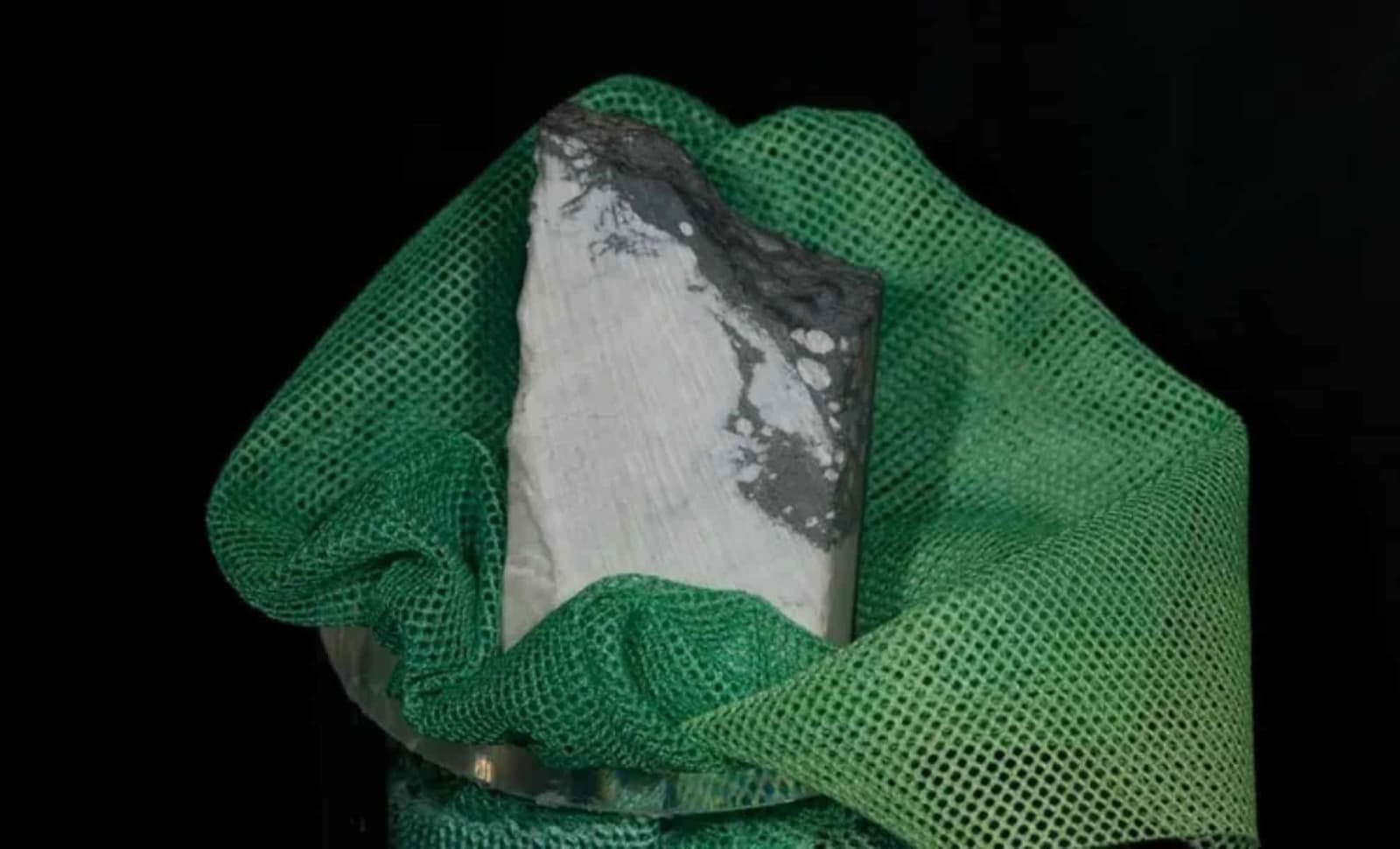Jadarite, a lithium-rich mineral exclusive to Serbia’s Jadar region, is gaining attention for its potential in battery technology and renewable energy solutions. Its chemical structure closely resembles that of kryptonite from comic books, yet unlike its fictional counterpart, jadarite is non-radioactive and non-luminescent.
Recent research has unveiled the intricate conditions necessary for jadarite’s formation, which has long puzzled scientists. According to Dr. Francesco Putzolu from the Natural History Museum in London, the formation process requires precise environmental factors, including the presence of lithium-rich volcanic glass, alkaline terminal lakes, and specific clay minerals undergoing chemical transformations. These unique conditions have only been documented in Serbia, resulting in jadarite’s rarity.
The insights gained from understanding jadarite’s formation open the door to exploring other possible deposits of this mineral. While the exact environmental conditions are stringent, researchers can now narrow their search for similar formations worldwide. As demand for lithium surges—especially for electric vehicle batteries—discovering new sources becomes crucial. Dr. Robin Armstrong, a geologist and co-author of the study, states that jadarite has significant implications for meeting the growing lithium needs associated with the transition to renewable energy.
However, the extraction of jadarite is complex and fraught with political and environmental challenges. The Jadar deposit has ignited debates between Serbia and the European Union regarding resource management and environmental protection. As the demand for lithium intensifies, addressing these challenges will be critical for ethically sourcing new deposits.
Despite jadarite’s unassuming appearance compared to the vibrant kryptonite of fiction, its role in supporting the future of battery technology and sustainable energy systems is becoming increasingly clear. The mineral’s discovery is not only a scientific breakthrough but also a potential linchpin in the transition to a greener energy economy.




